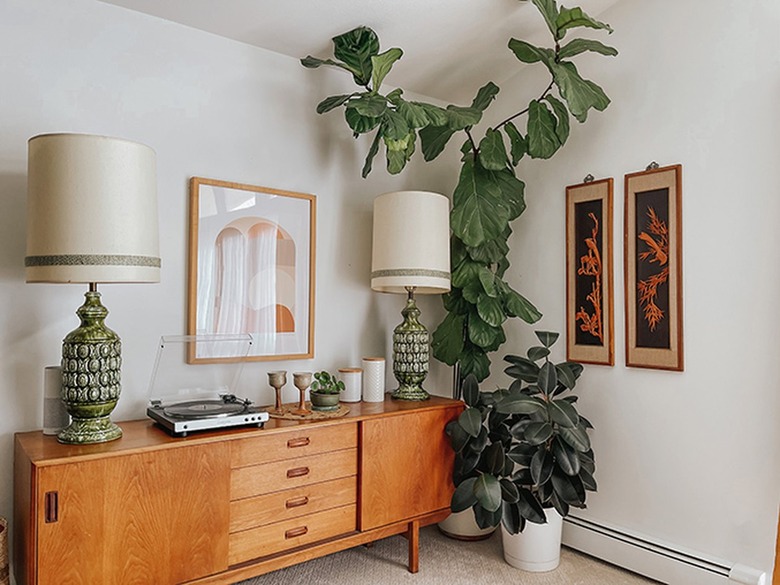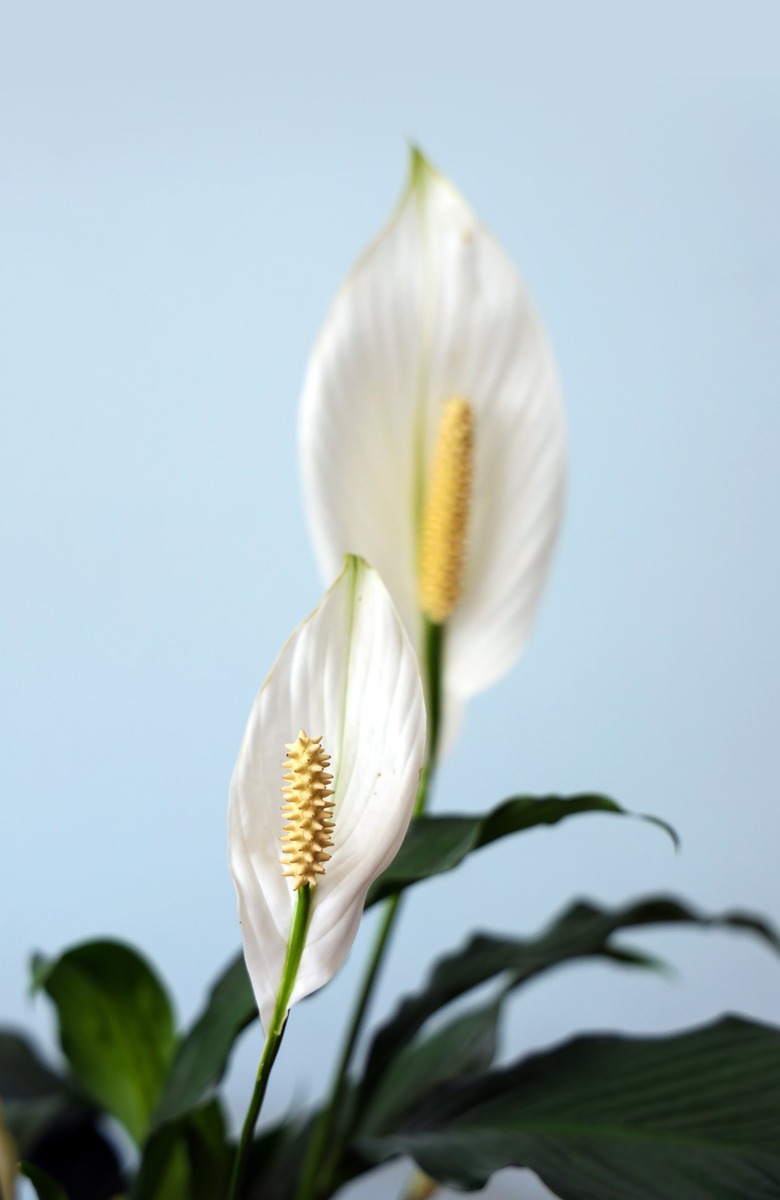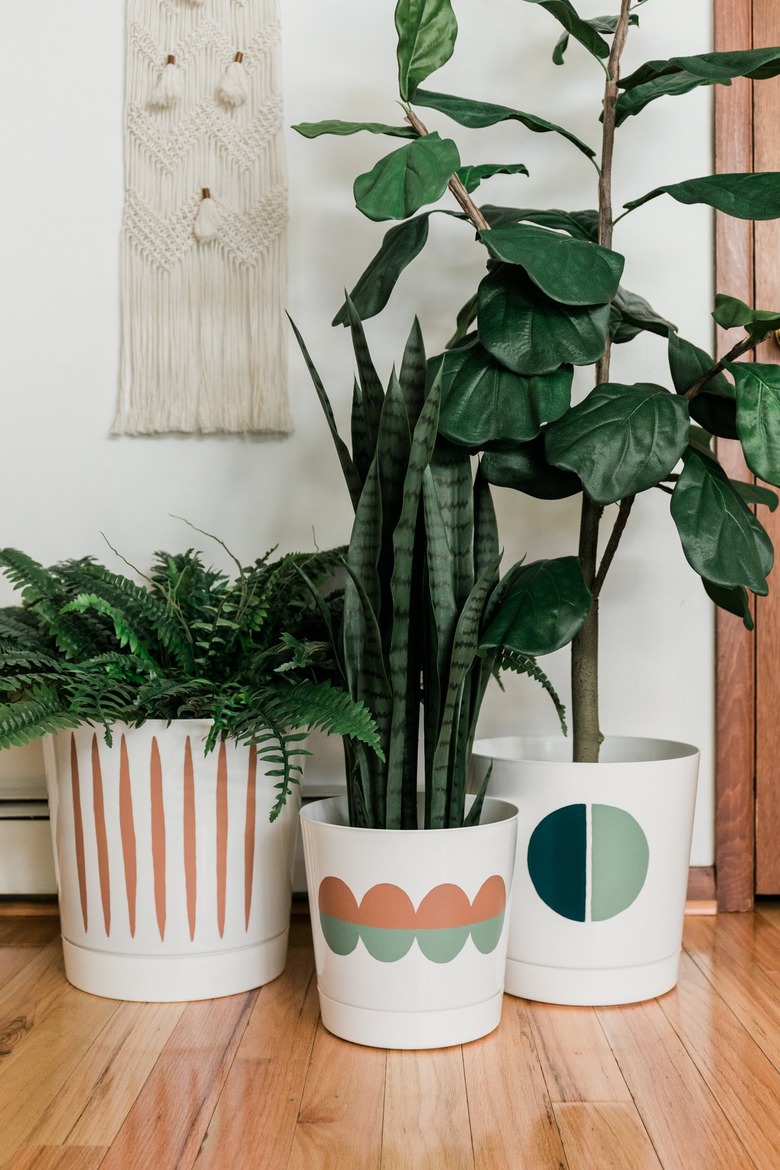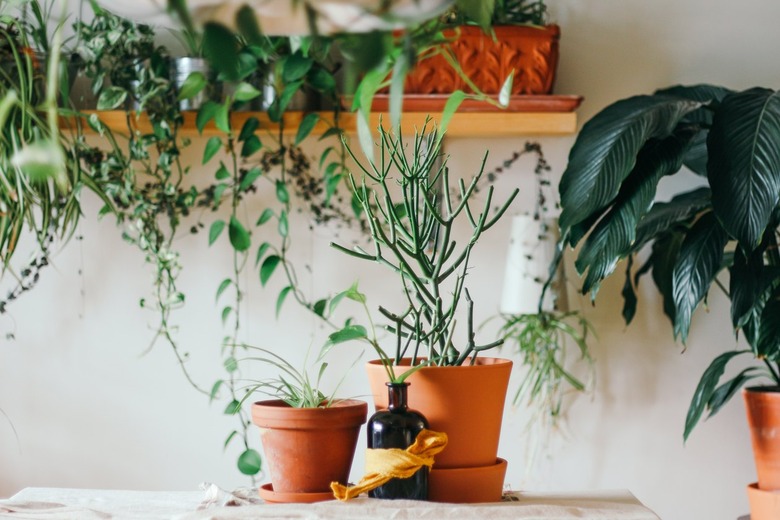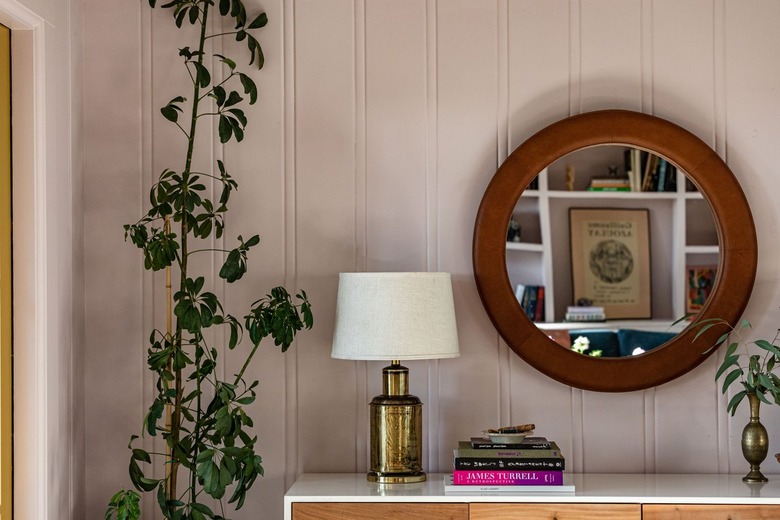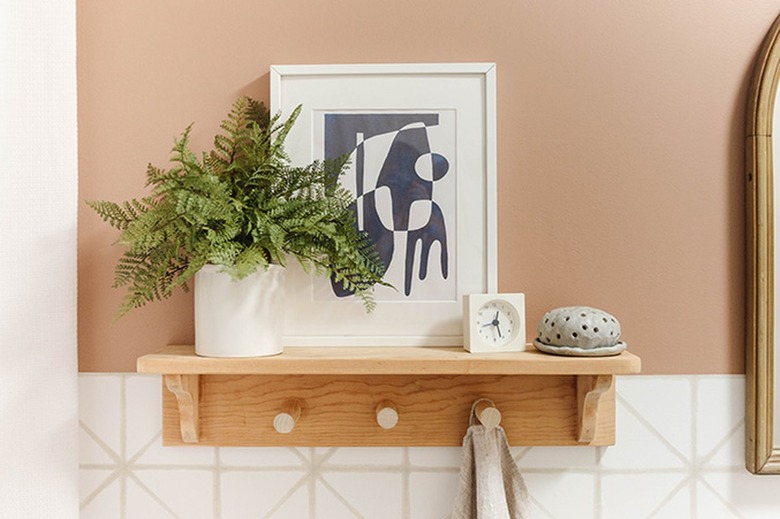5 Outdated Plant Trends, According To Designers
Whether or not you were blessed with a green thumb, it's highly likely you own at least one houseplant. These living decor items offer an organic look and feel with the added bonus of cleaning the air in your home. Plus, there's something to be said about the simple delight of watching something flourish under your care.
With so many varieties of plants out there, choosing the right one to complete your space and complement your design aesthetic can feel overwhelming. Since plants are very much alive, practical concerns — how much natural light your space gets, how often you travel, etc. — are equally vital to consider.
Hunker spoke with some of our favorite designers for insight into how they decorate with plants. Read on to learn more about impractical or outdated plant trends and which varieties are worth your time and energy.
1. Peace Lilies
1. Peace Lilies
This dainty, flowering plant was all the rage in the 1980s and '90s — and that's where it should stay, says interior designer Justin Q. Williams, founder of Atlanta's TradeMark Design Co. "Although they're very good for air quality in a home, these plants are extremely dated and no longer in style," he tells Hunker.
On the flip side, Williams loves a good monstera or snake plant, which look more sleek and contemporary. He's noticed them being used "more and more" among his peers, especially for clients who favor a modern aesthetic. "They both add a special touch to well-designed interiors," he shares.
2. Decorating With Fake Plants
2. Decorating With Fake Plants
Fake plants might seem like a clever workaround for those of us who don't have green thumbs, but designer Kirsten Blazek, founder of the Los Angeles-based studio A1000xBetter, is staunchly opposed. "When it comes to fake plants, I can honestly say I have never used them," she tells Hunker. "While there are exceptions to every rule, even the high-quality fake plants do not present the same way a real plant does."
3. Making Plants a Focal Point
3. Making Plants a Focal Point
Houseplants are having a moment on Instagram, but don't let the professional plant-fluencers of the world fool you. It is totally possible to get overzealous with greenery. When styling spaces, Williams typically uses plants as filler pieces — not focal points. This is especially true for people who are new to decorating with plants. Many varieties require specific lighting and watering protocols, so configuring a room around your newest houseplant could become problematic if you find yourself struggling to keep it alive.
4. Choosing Plants Based on Aesthetic Appeal Alone
4. Choosing Plants Based on Aesthetic Appeal Alone
To that end, Blazek highly recommends researching the care needs of a certain plant before bringing one into your home. Although she "rarely finish[es] decorating a space without having plants involved," she generally steers clear of any varieties that are "too difficult to care for."
For instance, Blazek and Williams both appreciate the classic look of a fiddle leaf fig tree. "There's a level of elegance they add to a room that is unmatched," Williams says. However, this plant requires very specific care to flourish. That's not necessarily a deal breaker, but it is an important factor to consider when selecting the ideal plant for your space and lifestyle.
5. Ferns
5. Ferns
Blazek also cautions against decorating your home with ferns, which are notoriously challenging to care for. "I would say they have become less popular recently because they need a lot of attention and only thrive in the perfect conditions," she says.
If you're concerned about plant care, Blazek duly recommends snake plants, which are famously hardy. The pothos, a vining plant beloved for its spindling look, is another low-maintenance option. "[They both] tolerate a lot of different light conditions and don't need a lot of watering," she explains.
